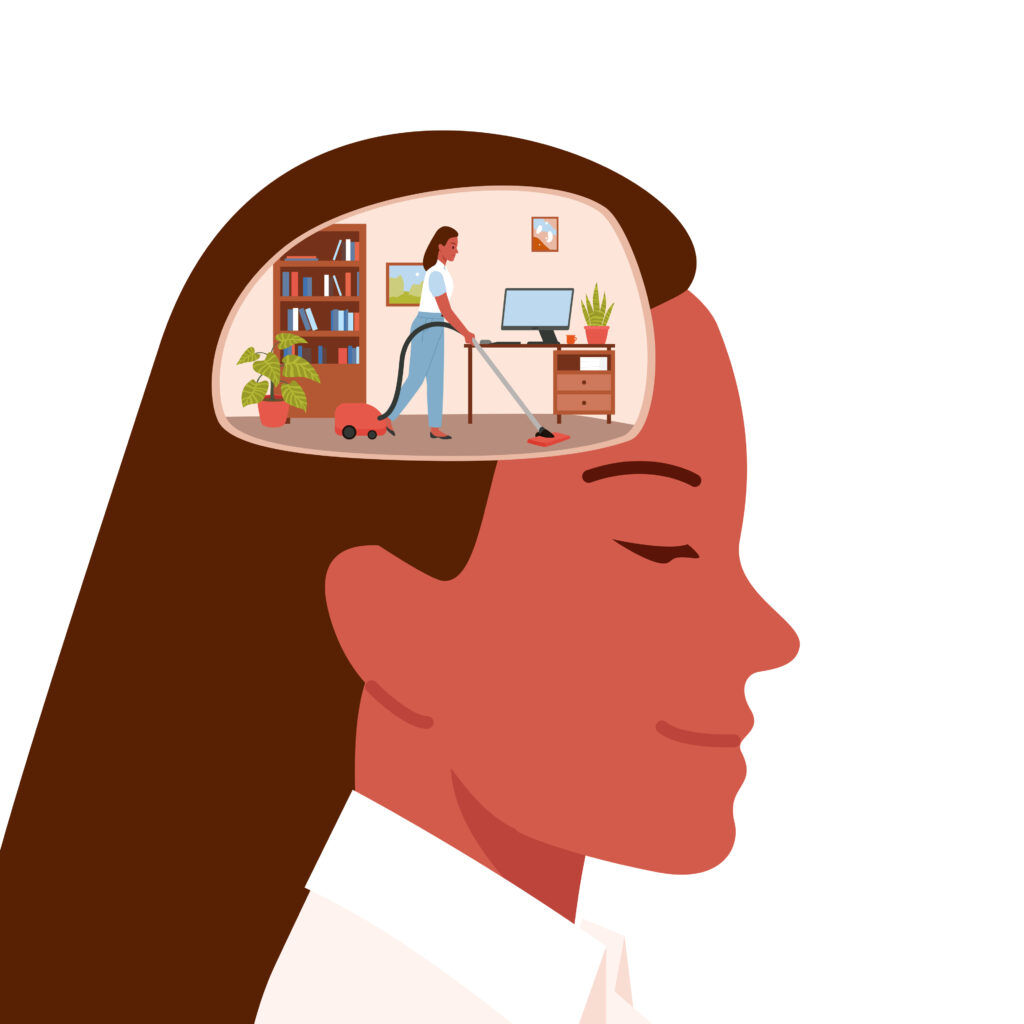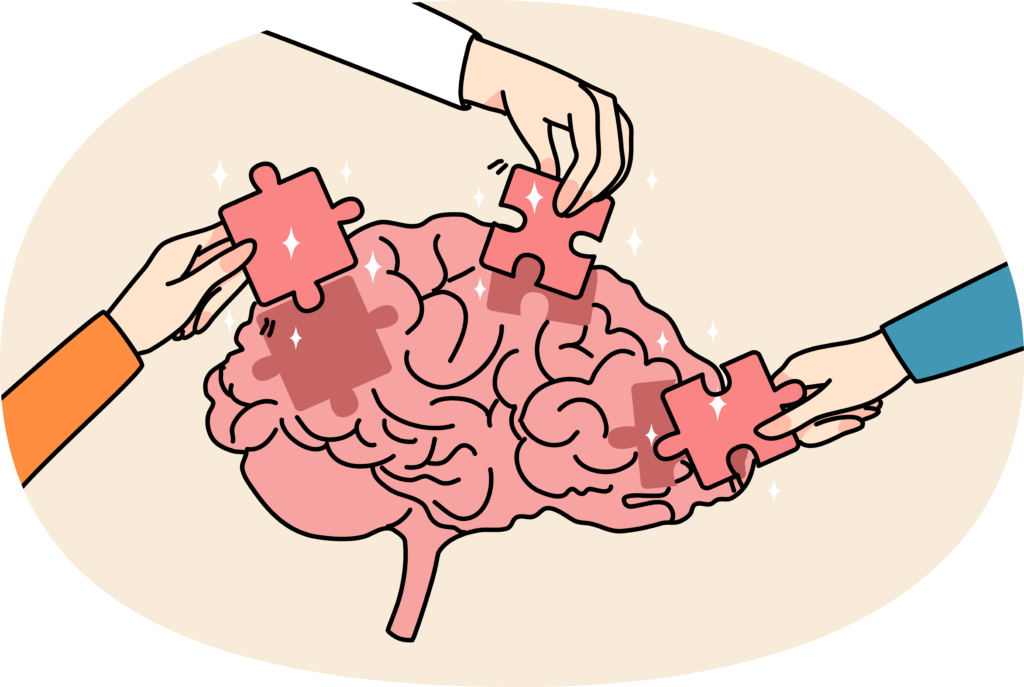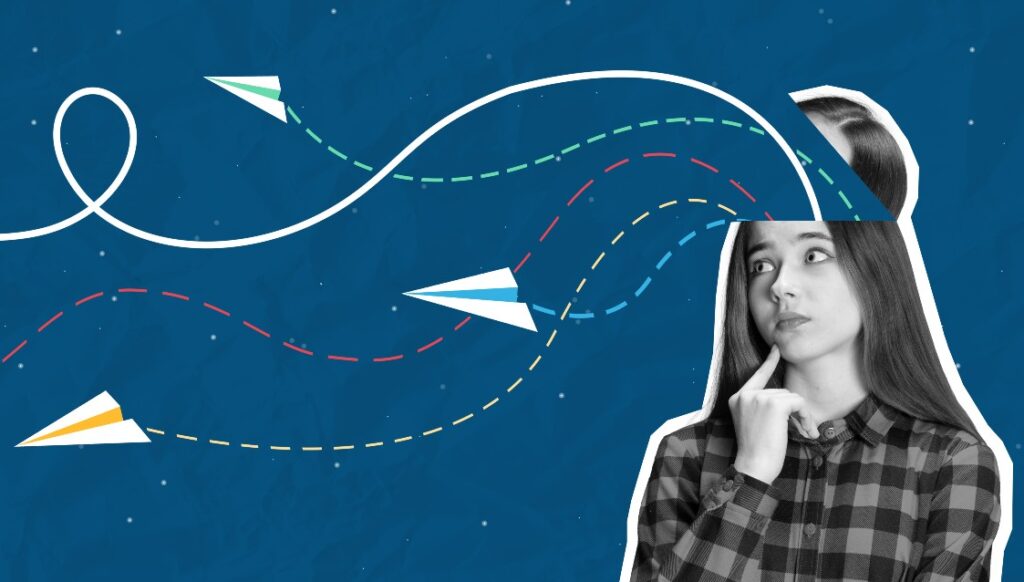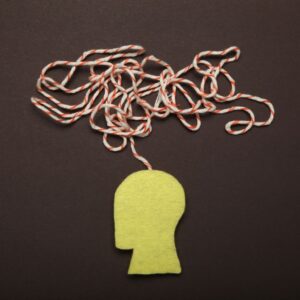The Quiet Laborer: The subconscious mind, a reservoir of untamed creativity, is perpetually at work, even when we are not consciously focused on a task. Its operations are akin to an underground river, subtly shaping the landscape of our thoughts and solutions. Be it during conscious problem-solving sessions or during restful sleep, the subconscious is ceaselessly sifting through vast amounts of information, making connections, and forging novel pathways.
The Default Mode Network (DMN): The default mode network is a network of brain regions that becomes active when the mind is at rest and not focused on the external environment. It’s been suggested that the DMN is involved in introspection, self-awareness, and also in processes like memory consolidation and idea generation. While there’s still much to learn about the DMN’s exact role, it’s thought to be a key player in the subconscious processing that happens during idle moments.

Research in cognitive psychology and neuroscience has shown that the brain is constantly processing information, even when we’re not consciously aware of it. Unconscious processes can involve pattern recognition, memory retrieval, and forming associations between seemingly unrelated concepts. This can contribute to problem-solving by allowing the brain to work on challenges even when we’re not actively thinking about them.
One example in my personal life: I go on daily walks and I’ve had the habit of wearing headphones to listen to a podcast while I walk. Although this practice has been entertaining and informative, I heard in one of these podcasts about how allowing the mind to wander is one of the best ways to allow the subconscious to do its work for you. Although it wasn’t suggested in the podcast, I decided to stop wearing earbuds while on walks to allow my mind to freely wander. Although it’s impossible to quantify how this has affected my work, I can’t deny a greater sense of calm and decisiveness about the challenges facing me at work.
Subconscious Symbiosis – Awake and Asleep: The subconscious is a dedicated collaborator, engaging both during wakefulness and sleep. While awake, it assumes a quieter role, often slipping ingenious ideas into our consciousness seemingly out of the blue. This is aptly demonstrated by the ‘Eureka!’ moments that arise seemingly spontaneously after a period of contemplation. During sleep, especially during REM (Rapid Eye Movement) sleep, the subconscious ventures into a more unfettered territory. Dreams, often thought of as random escapades, might in fact be the mind’s way of processing complex issues and presenting solutions. The renowned chemist Dmitri Mendeleev famously attributed the organization of the periodic table to a dream-inspired revelation.
As Steve Calechman describes this process in his article “Sleep to solve a problem” (HBR). As it turns out, all of those nights you’ve spent staying up late to solve a problem may have worked against you. With a good night’s sleep, we often wake up with a greater amount of clarity around our complex problems.
Stress – The Subconscious Suppressor
However, the harmonious symphony of the subconscious can be disrupted by the dissonance of work-related stress. Stress has an uncanny ability to permeate the layers of the mind, erecting barriers that limit the subconscious’s creative contributions. As the mind becomes consumed by stress, the flow of imaginative insights dwindles. The incessant worry and apprehension characteristic of stress cast a shadow over the fertile grounds of subconscious idea generation.
“Trust Deficit” – A Consequence of Stress: One of the most insidious effects of prolonged work-related stress is the erosion of trust in one’s own subconscious. The heightened tension and pressure foster an environment where self-doubt flourishes. The once-reliable subconscious is viewed with skepticism, as its offerings seem feeble in the face of mounting stress. This erosion of trust stifles the intuitive leaps and unconventional thinking that are the hallmarks of subconscious-driven creativity. When stress makes us doubt our intuitions, we become indecisive and we lose passion for what we are doing.
When I quit my job in 2021, I had years of backed up subconscious work to access and 2 years later I’m still feeling behind on 20 years of lost subconscious work due to immense work stress.

The subconscious mind, a silent architect of creativity, remains vigilant even as we navigate the demands of consciousness. Its contributions, invaluable in generating innovative solutions, are however vulnerable to the corrosive influence of work-related stress. The erosion of trust in the subconscious, a consequence of prolonged stress, leaves a lasting mark on the trajectory of creativity. The journey of one individual serves as a microcosm of this phenomenon, with years of untapped subconscious potential unfurling after liberation from stress. The concept of subconscious debt offers a new lens through which to view the impact of stress on creativity, underlining the significance of safeguarding the subconscious’s contributions for a more innovative and harmonious creative existence.





